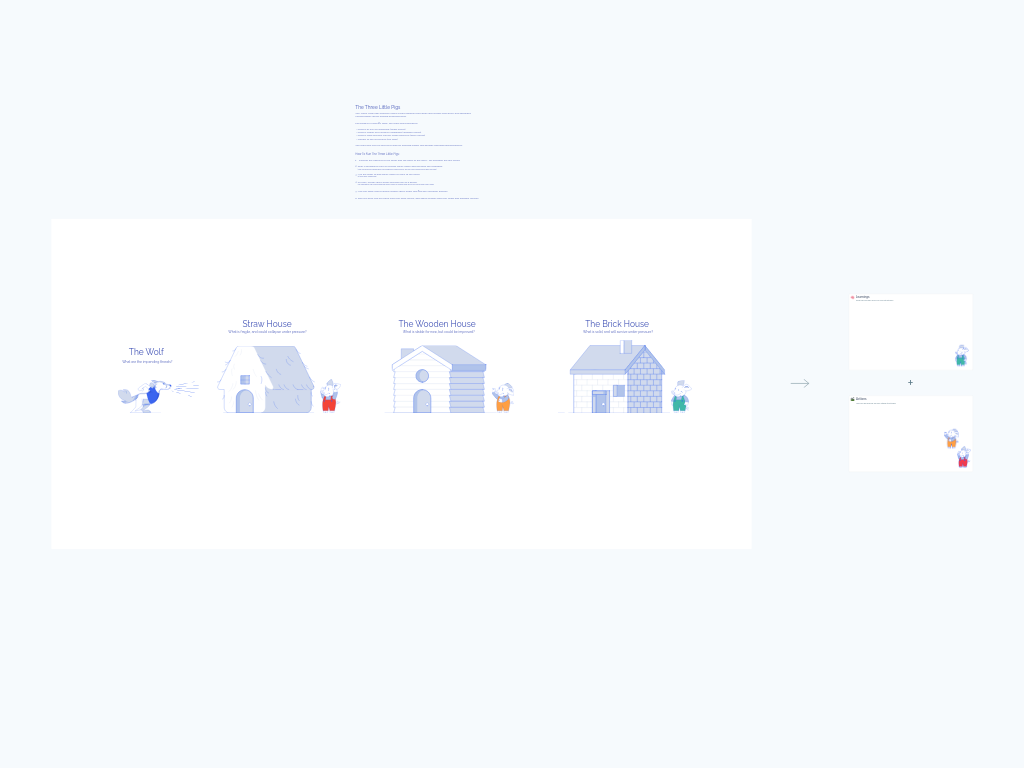Niko Niko Calendar: Track Team Morale with Daily Mood Metrics
The Niko Niko Calendar is a powerful team morale tracking tool that helps agile and development teams visualize member happiness over time. This simple yet effective visual method makes it easy to identify patterns, trends, and specific events that impact team mood and wellbeing, enabling more meaningful discussions around team morale and motivation.
What Is a Niko Niko Calendar?
"Niko Niko" comes from the Japanese term meaning "smile" or "sunny," reflecting the calendar's focus on emotional state. The calendar functions as a daily mood tracker where team members record their emotional state using simple smiley faces or other mood indicators. This creates a visual dashboard of team morale that spans days or weeks, making it easy to spot patterns that might otherwise remain invisible.
The calendar consists of a grid with team members' names listed vertically and dates displayed horizontally, creating cells where team members can place their daily mood indicators.
Benefits & When to Use
- Makes the invisible visible: Transforms subjective feelings into trackable data points
- Identifies problematic periods: Clearly shows when team morale dropped collectively or individually
- Facilitates open conversation: Creates a structured way to discuss emotional wellbeing in a professional context
- Enables proactive intervention: Helps teams spot negative trends before they become serious issues
Use a Niko Niko Calendar when:
- Starting a new project phase or after significant team changes
- During particularly challenging sprints or project periods
- As part of a broader wellbeing initiative
- When team communication or collaboration seems strained
How to Run a Niko Niko Calendar Session
Set up the calendar grid (10 minutes)
- Create a grid with team members' names on the left side
- Add dates across the top (typically for a sprint or 2-3 weeks)
- Explain the mood indicators: happy :-), neutral :-|, and sad :-( faces
Introduce the concept to the team (15 minutes)
- Explain that this is a tool for collective awareness, not management surveillance
- Emphasize that participation is voluntary but valuable
- Make it clear that data stays within the team
Daily mood tracking (1 minute per day, per person)
- Each team member adds their mood indicator daily
- This can be done at a consistent time (end of day) or whenever convenient
- Participants can use emoji, colored sticky notes, or drawings
Review the completed calendar (30 minutes)
- At your sprint retrospective or dedicated session
- Look for patterns: individual variations, team-wide drops, or positive periods
- Invite (but don't pressure) team members to explain significant mood changes
Generate insights and actions (20 minutes)
- Discuss what factors might have contributed to mood patterns
- Identify opportunities to improve team satisfaction
- Create specific action items to address negative patterns
Tips for a Successful Niko Niko Calendar
Start with proper framing: Without clear purpose and buy-in, this can feel like surveillance. Explain the value for the team, not management.
Respect privacy: Ensure team members understand they don't have to explain their moods if they're uncomfortable doing so.
Be consistent: For the data to be meaningful, encourage daily participation throughout the tracking period.
Layer context: Consider adding sprint events, deadlines, or major milestones to the calendar to help analyze mood changes against work events.
Track over time: The real value emerges when you use Niko Niko Calendars over multiple periods, allowing for pattern recognition across sprints or projects.
Foster psychological safety: Make it clear that all emotions are valid and that the goal is team improvement, not individual judgment.
By implementing the Niko Niko Calendar consistently, remote and distributed teams can gain valuable insights into team morale that might otherwise remain hidden in daily standups or text-based communication.



